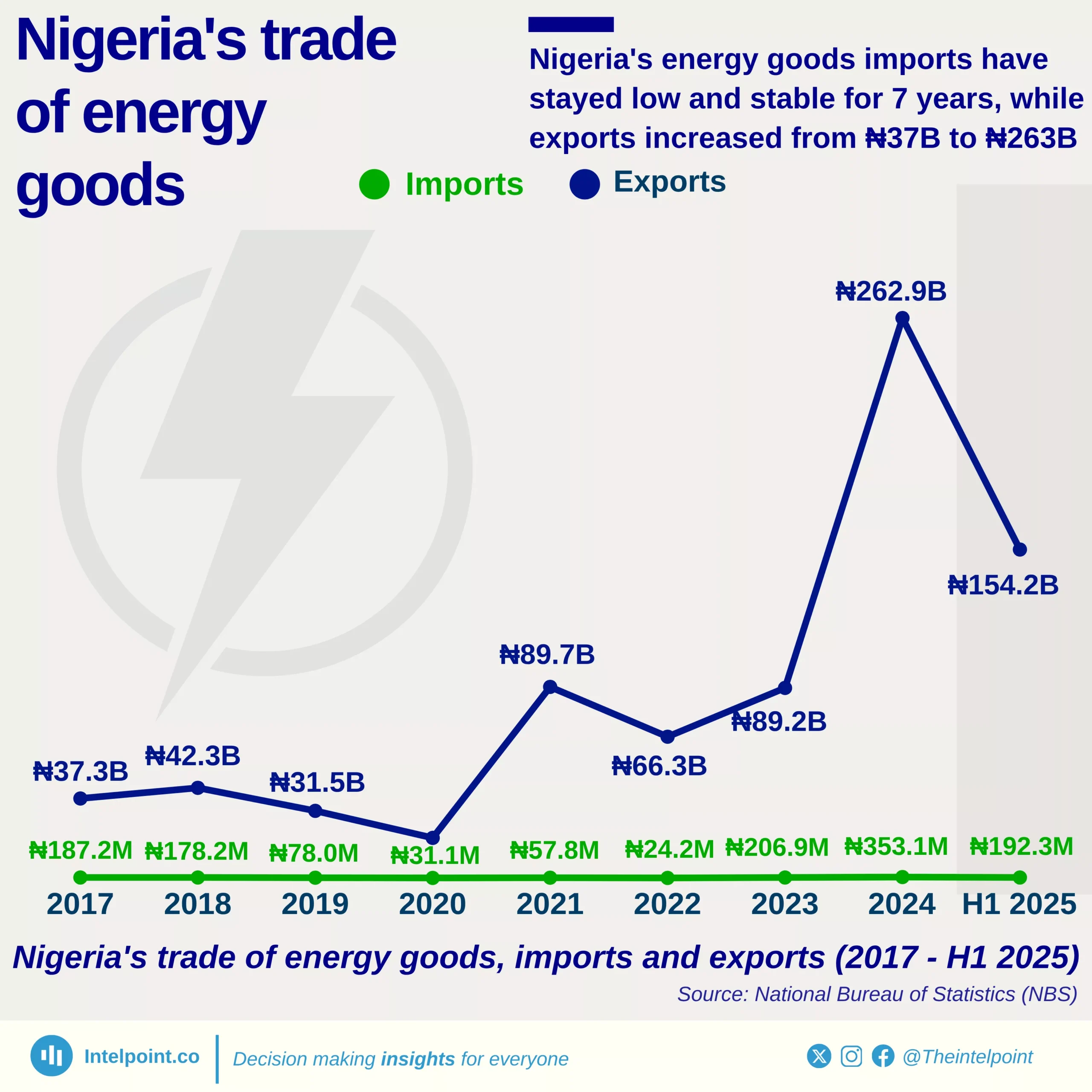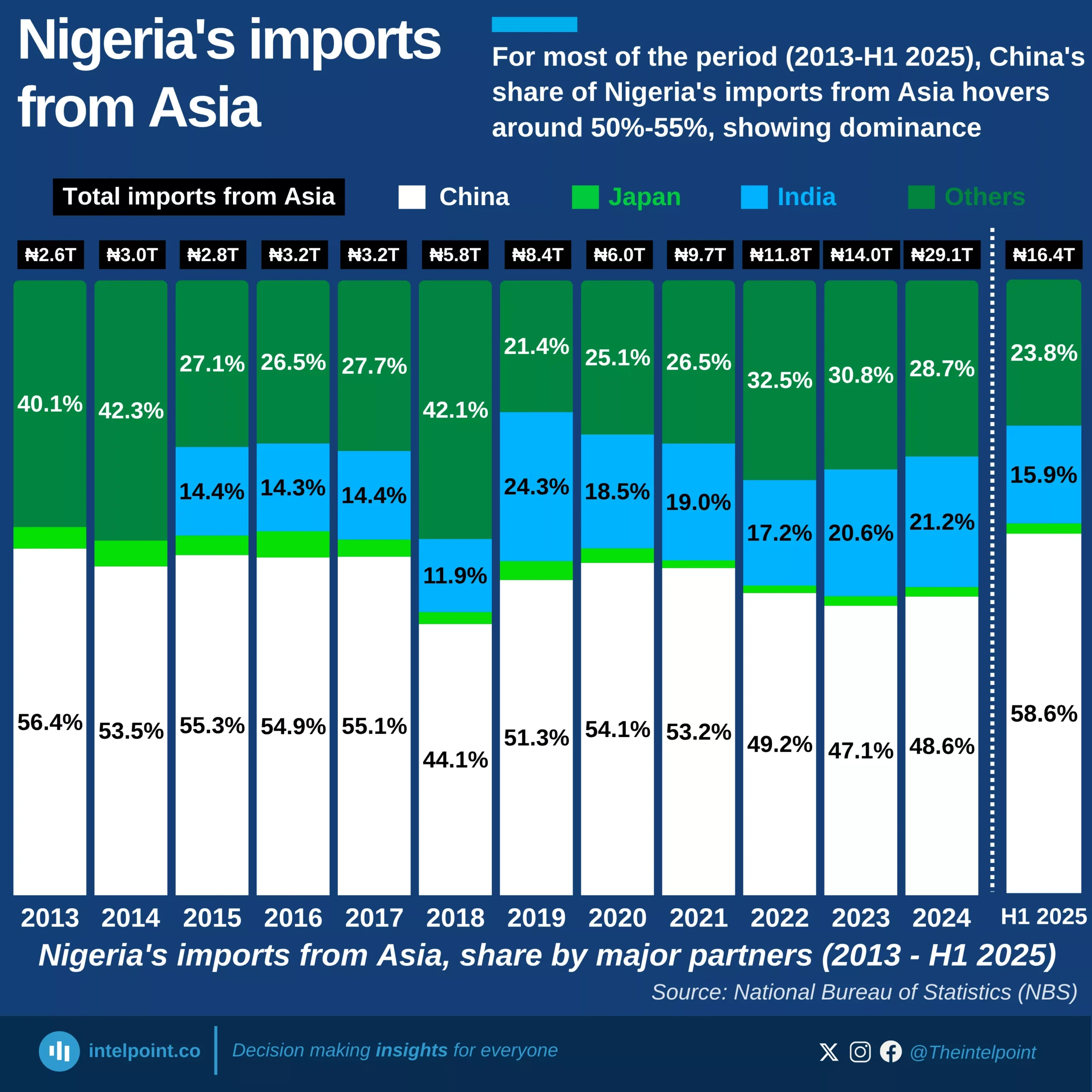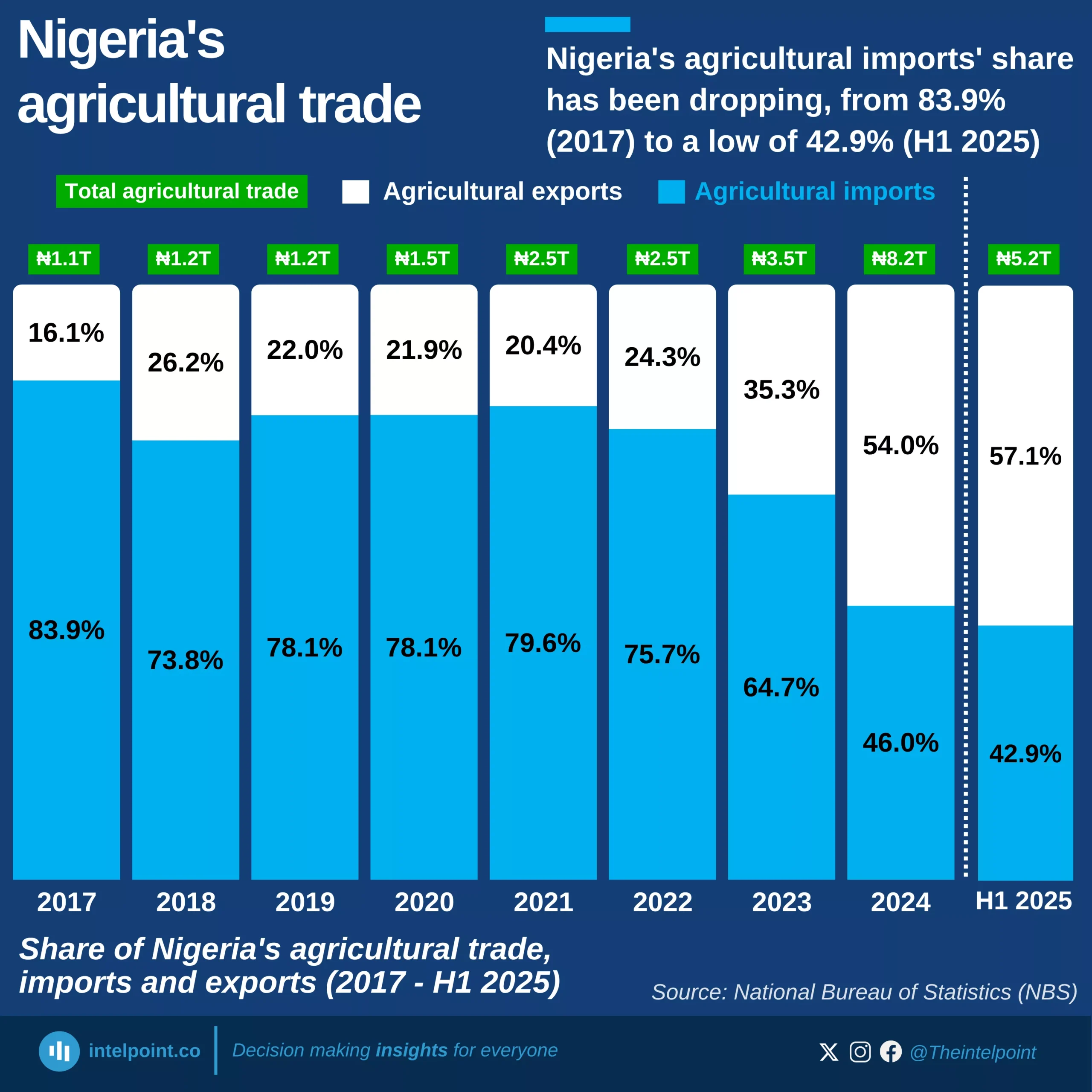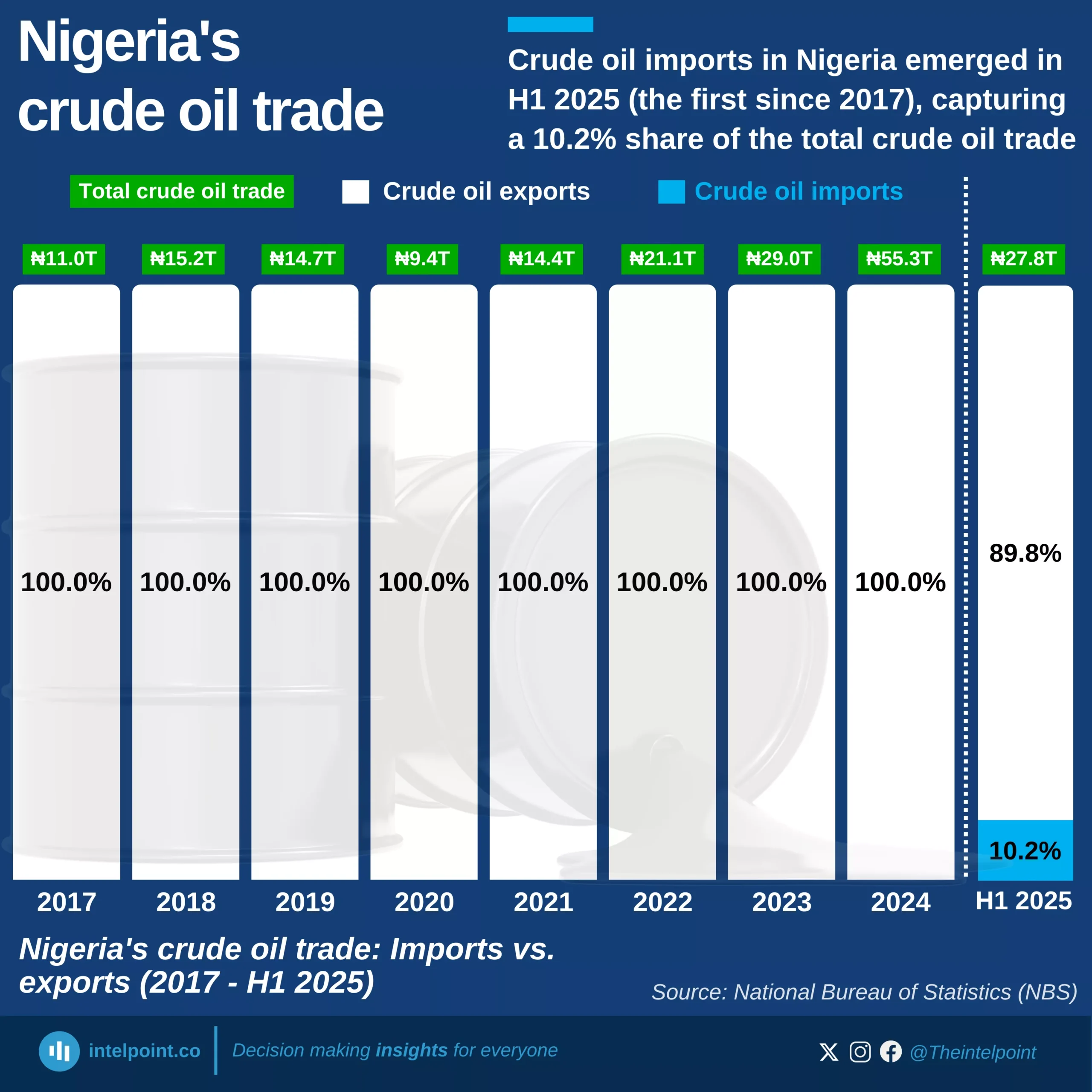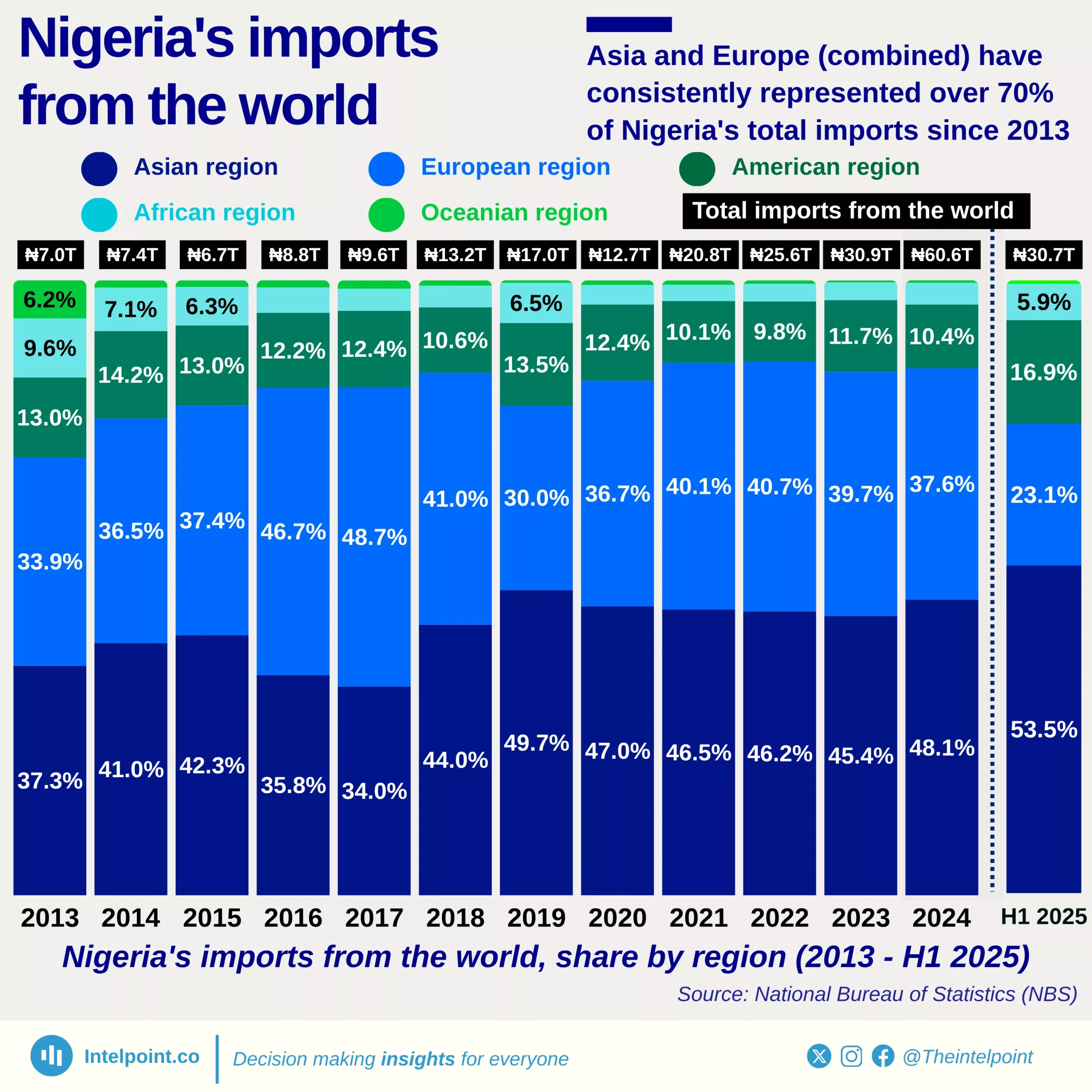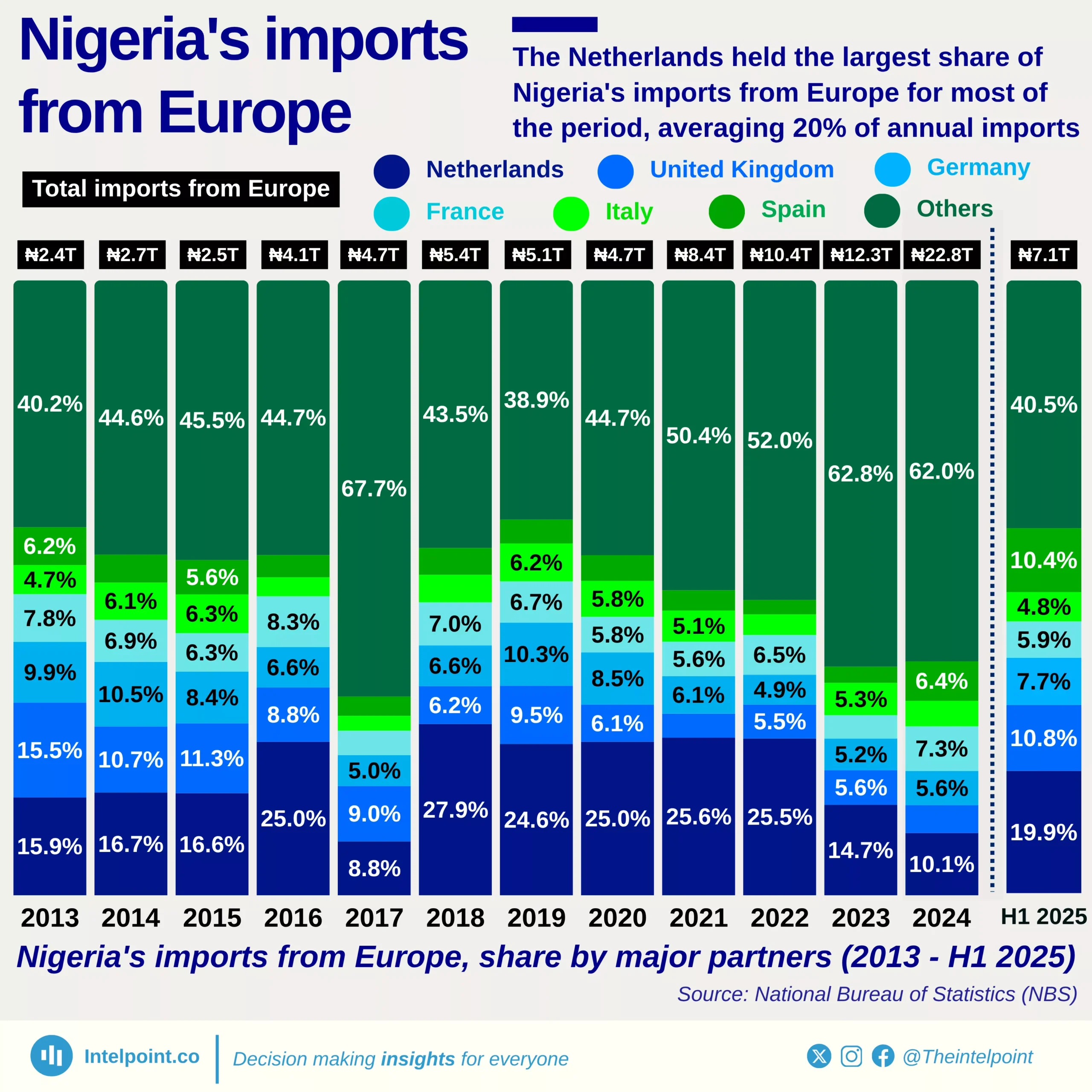Key takeaways:
In 2024, the United States exported approximately $176 billion in agricultural goods worldwide. Mexico, Canada, and China emerged as the top markets, collectively accounting for nearly half (47.3%) of total exports. Mexico led the list at $30.32 billion, followed by Canada at $28.38 billion and China at $24.65 billion.
The European Union and Japan completed the top five, importing $12.8 billion (7.3%) and $11.98 billion (6.8%), respectively. Asian markets featured prominently, with six countries among the top 10 destinations collectively receiving nearly one-third of all US agricultural exports.
